Are you tired of hearing about Soulslikes, but still stuck wondering what does souls-like mean? The term describes action role-playing games inspired by FromSoftware’s Dark Souls, known for their high difficulty and intense boss encounters.
In this post, you’ll learn exactly what makes a game “Souls-like,” understand its core features like stamina-based combat and unique death mechanics, and see why these video games have hardcore fans hooked.
Read on if you’re ready to finally crack the code behind this popular gaming genre.
Key Takeaways
Souls-like games are action RPGs inspired by FromSoftware’s Dark Souls—famous for their tough gameplay and punishing combat. The genre first appeared with Demon’s Souls in 2009 and, by 2021, games in this category had sold over 170 million copies globally.
Gameplay is built around stamina-based combat; every move drains stamina, forcing you to carefully choose between attacking or defending. Death carries serious penalties: if defeated, characters drop their XP on the spot, challenging players to reclaim it before losing everything.
Storylines unfold mostly through subtle hints embedded in item descriptions, short exchanges with NPCs, and visuals scattered throughout gloomy, decaying landscapes. Players slowly connect story details as they wander through unsettling settings and hidden locations.
Popular Souls-like titles include Dark Souls—which hit 27 million copies sold by 2020—Bloodborne in 2015, Sekiro: Shadows Die Twice launched in 2019, and the 2022 hit Elden Ring, which moved 20 million copies in just one year.
Levels cleverly loop back on themselves, unlocking shortcuts that connect distant areas. NPC hubs offer rare safe zones to trade items, upgrade weapons and armor, and pick up side quests—a welcome break from relentless combat.
Table of Contents
What Does Souls-Like Mean?
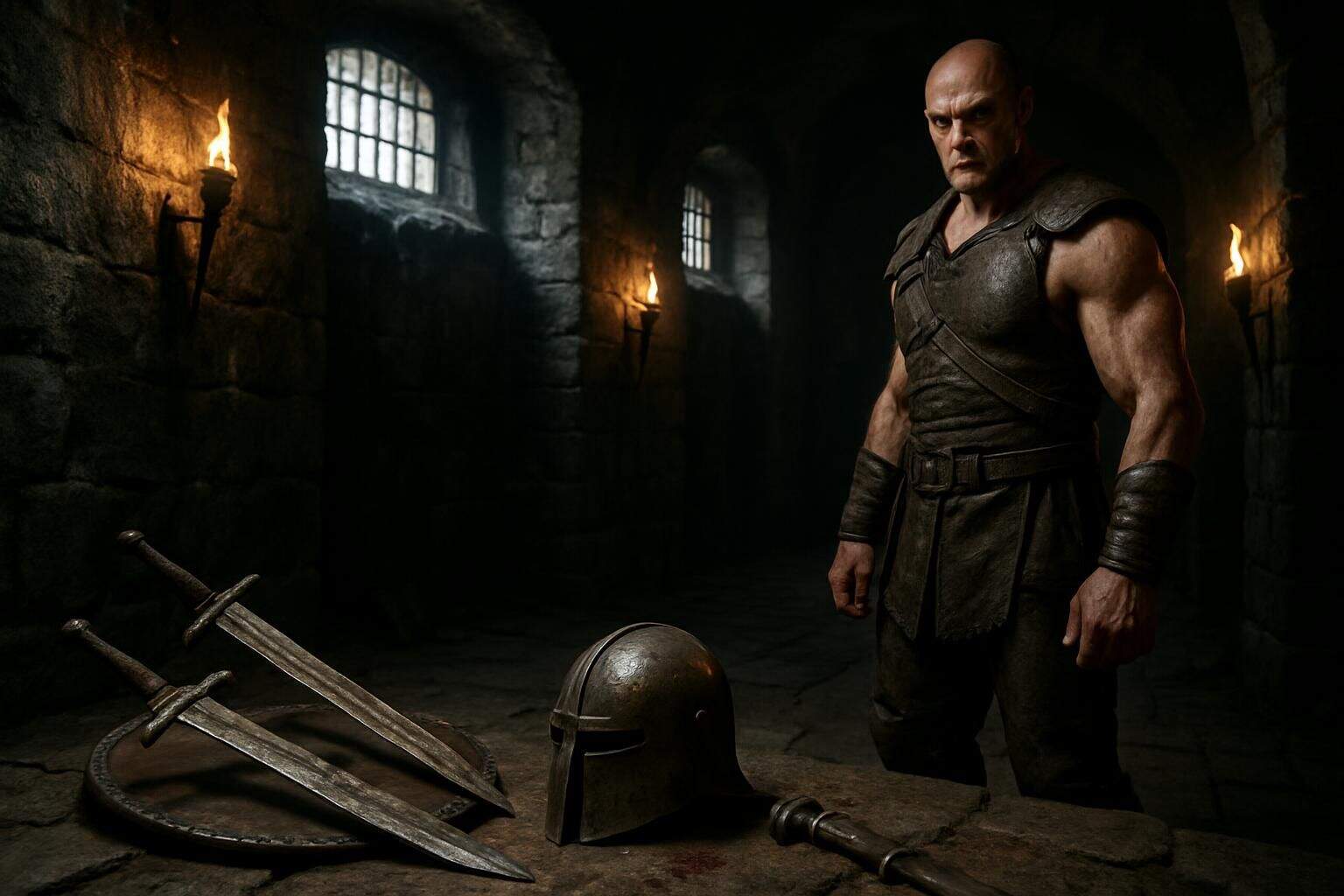
Souls-like games form a special gaming niche, inspired by FromSoftware’s innovative titles. These action RPGs are renowned for their high difficulty, grim fantasy settings, and unusual storytelling styles.
The subgenre began with Demon’s Souls in 2009, then soared in popularity through the Dark Souls trilogy (2011–2016), crafted under the creative direction of Hidetaka Miyazaki. Common features include stamina management, punishing combat mechanics, and improving through repeated failures.
By 2021, players had bought over 170 million copies of Souls-like games across various platforms, highlighting their tremendous appeal.
Unlike typical games, Souls-like titles skip simple tutorials and generous checkpoints. You’ll need patience to defeat challenging bosses, relying more on strategy than frantic button presses.
Combat moves feel deliberate—with every swing, dodge, or parry carefully draining your stamina bar. But despite the tough gameplay, Souls-like games keep drawing fresh players, evident in steadily increasing player counts for Elden Ring Steam.
Some gamers wonder why many titles today adopt the Souls-like style… the real reason lies in the deep satisfaction players feel after conquering truly tough obstacles. Let’s check out some main qualities that set these games apart from other RPGs.
Key Features of Souls-Like Games
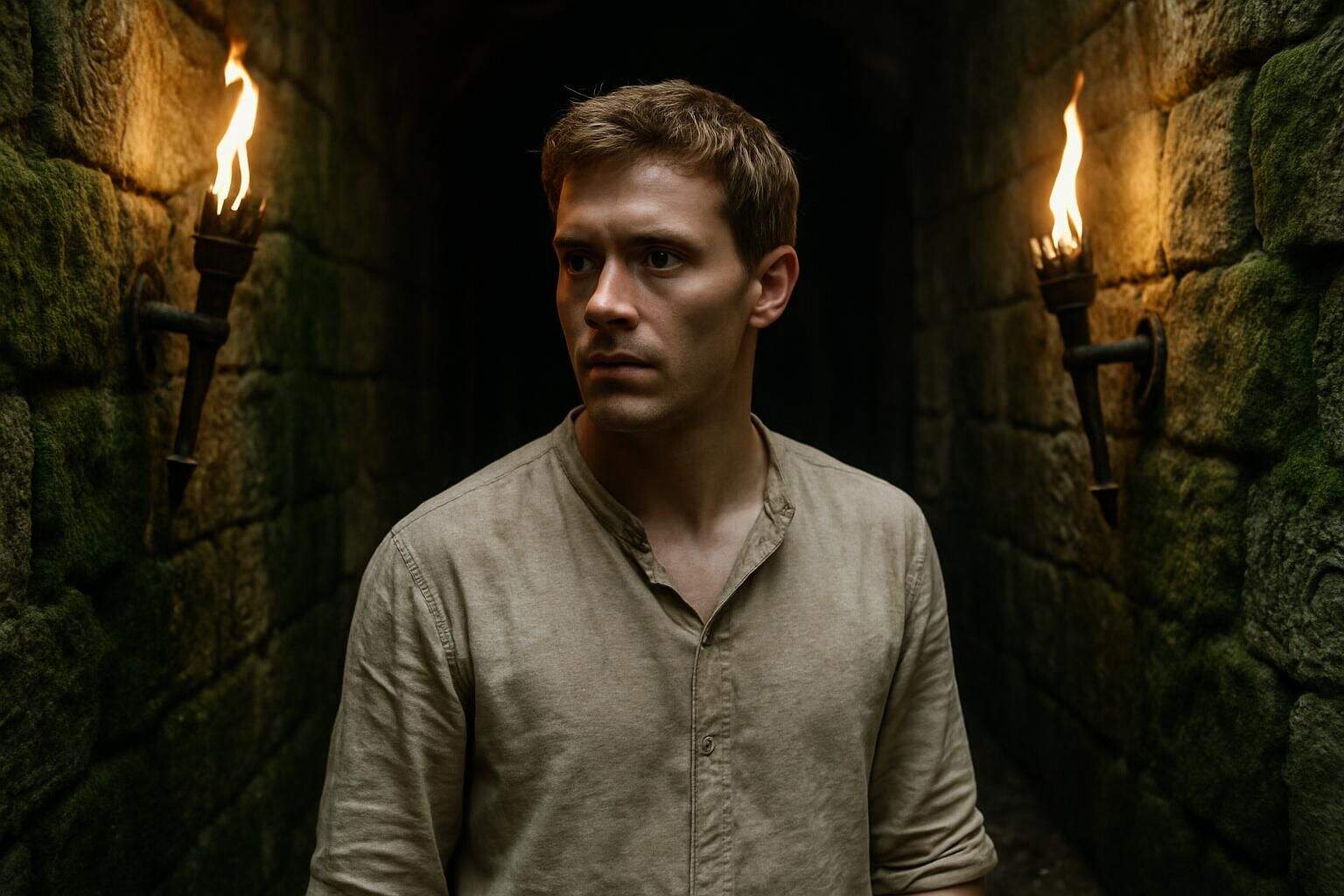
Souls-like games share key features that set them apart from other gaming genres. These games mix brutal combat with deep stories that make players earn every victory.
High difficulty level
Games like Souls push you hard with intense, punishing difficulty. They offer no easy modes—not even a hint of hand-holding. You’ll die frequently, sometimes seconds into playing.
In fact, the hit game *Elden Ring* shows this clearly: a full quarter of players couldn’t even get past Margit—the very first big boss! Yet, this brutal toughness defines what makes these games unique.
To survive, you have to study enemy moves, sharpen your reflexes, and master the combat mechanics.
Boss battles feel demanding and require genuine skill. Every win feels satisfying because you fought through hours of struggle—and plenty of painful defeats—to earn it. I spent three grueling hours battling a single boss in *Sekiro: Shadows Die Twice*, and the joy of finally winning was one of the best gaming experiences I’ve had.
The intense difficulty teaches patience and rewards persistence. Titles such as *Dark Souls Remastered* and *Bloodborne* don’t simply test reflexes—they challenge your determination to keep going after dozens of crushing losses.
Stamina-based combat
Souls-like games offer a distinct fighting style centered on managing your stamina bar. Your character has limited stamina, which shrinks whenever you perform actions. Moves like swinging weapons, dodging attacks, raising your shield, or sprinting across combat zones—each of these drains energy from the same stamina pool.
As a result, battles become strategic and thoughtful, forcing you to decide between launching an attack or holding onto stamina to defend yourself. Stamina acts like a built-in brake pedal, discouraging wild button presses and rewarding thoughtful, deliberate moves.
Combat in these titles calls for precise timing, sharp observation, and careful stamina use. Players must remain alert, closely watching enemy patterns, looking for weak spots, and managing their limited energy.
Popular titles such as Demon’s Souls and Lords of the Fallen punish careless play—if your stamina bar empties out, you could become defenseless against enemy strikes. Many players discover this by accident; a single extra swing might mean you’re out of stamina at the worst possible moment—unable to dodge a boss’s final blow.
The stamina-based combat system makes battles tense and strategic, forming a core part of the tense Souls-like experience.
Cryptic storytelling with deep lore
Souls-like games tell stories in truly creative ways. Instead of long cutscenes, these games quietly embed their lore into the world itself. Players become detectives, piecing together plots through item descriptions, old statues, and brief chats with mysterious characters.
It’s storytelling by discovery, blending challenging boss battles with intriguing detective work.
Exploration pays off here, rewarding curious gamers who poke into every hidden corner. Maybe you’ll stumble across a rusty sword, hinting at a kingdom that once stood proud. Or perhaps you’ll notice faded carvings on walls, quietly revealing clues about forgotten deities.
Titles like Demon’s Souls and Lies of P deliver rich worlds without slowing you down with heavy explanations. Players decide how deep to dig into the lore, all while leveling up skills and refining careful combat techniques.
Preset checkpoints and respawning enemies
Preset checkpoints are a core feature in any souls-like game. Dark Souls popularized this idea with its iconic “bonfire” mechanic, which acts as far more than just a place to save your progress.
Resting at bonfires restores health, replenishes healing items, and unlocks quick travel between locations. But this convenience doesn’t come free—each rest also revives all the regular enemies you’ve defeated, placing them back where they started.
Players must regularly weigh the safety of healing against the danger of renewed enemy confrontations, creating a constant pull between risk and reward.
Death is not the end, but merely another lesson in a world that refuses to forgive mistakes.
Losing experience points after dying adds serious gravity to every run through the game. Most souls-like titles force you to drop your accumulated XP—often called “souls”—exactly at your death location.
To reclaim them, you must successfully navigate back to that same spot without dying again. Fail to do this, and all those precious points disappear forever. This stressful cycle of losing points, battling toward recovery, and facing the toughest scariest video game enemies, builds the unique rhythm that characterizes these challenging games.
Regular and unique boss fights
Boss fights sit at the core of any Souls-like experience. These epic clashes mark key milestones, testing your patience and honing your skills. Each new enemy brings a fresh challenge, forcing players to rethink strategies and recognize different combat patterns.
I’ve spent many late nights battling these intimidating opponents, and the thrill of finally beating a tough boss—after failing over and over—stands unmatched in gaming.
In Souls-like games, boss encounters aren’t simply tough—they offer genuine satisfaction. Conquering these enemies often gives valuable loot or grants access to unexplored locations.
The Dark Souls franchise shaped this concept, rewarding real player skill instead of only character stats. Successful fights depend heavily on timing, stamina handling, and learning precise strikes and dodges.
Great Souls-like titles strike a careful balance between difficulty and fairness, creating tense, gripping battles that never cross into frustrating territory.
Gameplay Mechanics
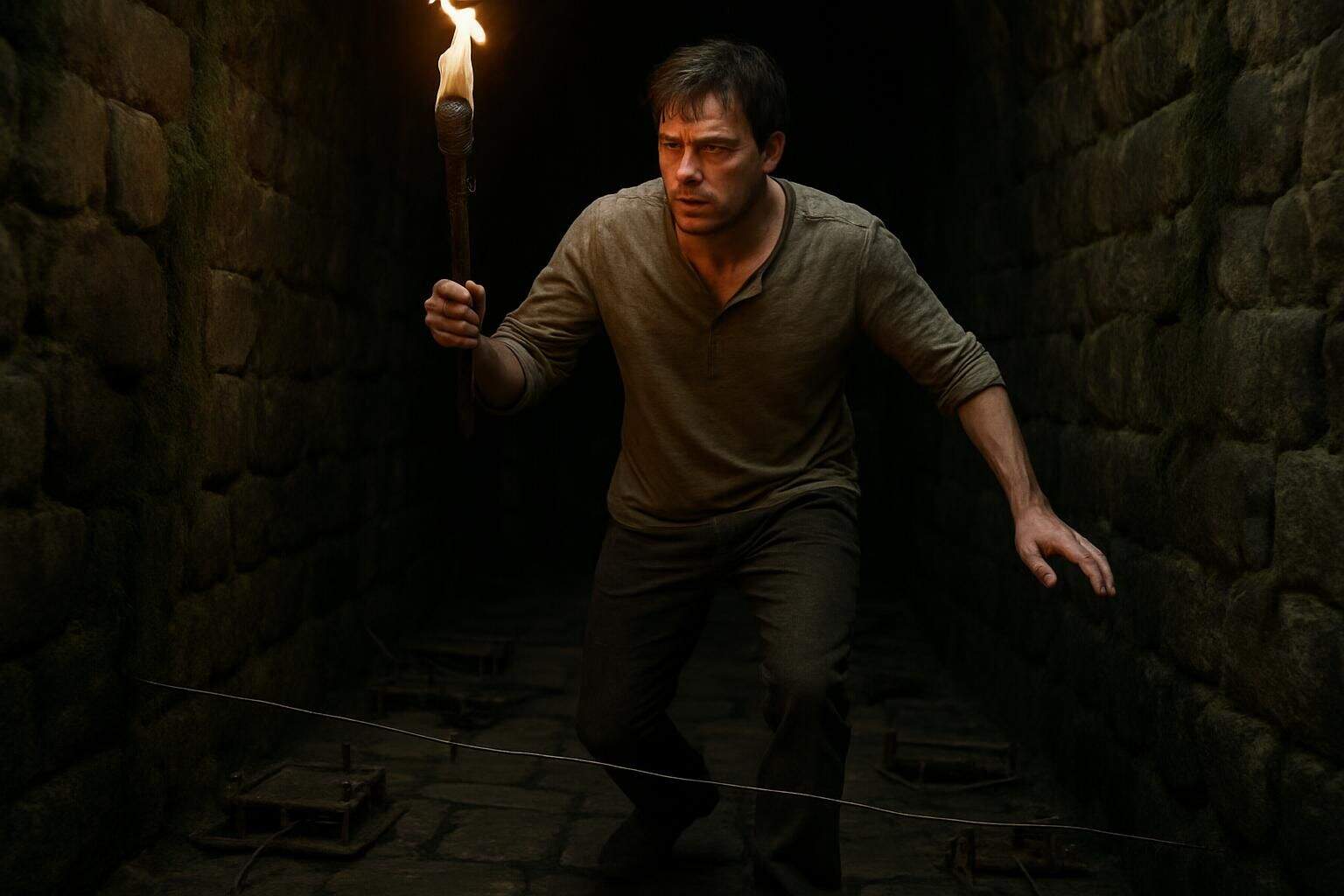
Souls-like games feature unique gameplay systems that set them apart from other action RPGs. Players must master death mechanics where they retrieve lost XP from their corpses, while also learning to navigate complex level designs packed with hidden shortcuts.
Retrieving lost XP after death
Death has a hefty cost in souls-like games: losing your carefully earned experience points. Players drop all their collected XP or currency right where they died. This creates a tense “corpse run”, sending you back to collect what you lost—or risk losing it forever.
And here’s the catch…your lost XP doesn’t sit waiting for an easy pickup. You have to defeat whatever enemy took you down, making each retrieval a risky showdown.
This mechanic pushes players to learn from mistakes, not grind endlessly to level up. Many titles in the genre feature this setup to heighten exploration tension.
The true souls-like experience isn’t just about dying; it’s about what you learn on the journey back to recover what you lost.
Character improvement depends on the XP you gather. Every death means making a tough call: gamble everything to retrieve your points or abandon that path and find another route. Choices matter, influencing which skills you chase and how you tackle challenging enemies.
Most souls-like games won’t conveniently place saves just before hard battles, either—meaning the trek back itself becomes part of your struggle.
Levels designed with shortcuts
Souls-like games often feature clever level layouts filled with hidden routes and shortcuts. These routes carefully link different areas together, becoming accessible once you push through tricky sections.
Each unlocked shortcut lets you bypass places you’ve already cleared, especially helpful after you respawn. During my first playthrough of Dark Souls, discovering these hidden paths felt amazing—each unlocked door or newly found ladder was a small victory.
Dark Souls rewards steady progress by easing future runs, making each return journey less frustrating. Shortcuts usually present themselves as locked gates, lifts, ladders, or hidden doors.
These connections form a connected network leading back toward valuable checkpoints. Although shortcuts don’t reset enemy positions, they certainly reduce frustration and save precious time.
The shortcut system neatly fits alongside character growth and careful combat choices. Players need to weigh the risk of exploring unknown areas against sticking to familiar ground.
This careful choice pushes you to observe closely, building clear mental maps of each level layout. Finding a new route back to a bonfire—or lamp post—sometimes feels as great as finally defeating a tough boss.
NPC hub zones also matter greatly, serving as key places to trade and pick up quests in these challenging adventures.
NPC hub areas for trading and quests
NPC hub areas sit at the core of Souls-like games—they’re your safe havens. These central spots hold various characters who provide valuable items, weapons, or key pieces of advice.
I’ve spent hours chatting with blacksmiths to upgrade gear, or with merchants hunting down rare supplies. These zones offer you rest, a break from the harsh battles the Soulsborne genre is famous for.
Most hubs link conveniently to other in-game areas through handy shortcuts, which ease your travels after defeating tough bosses.
Quest-givers in hubs often communicate through riddles and unclear hints, fitting perfectly into the mysterious storytelling style. Their tasks can lead you back into places filled with enemies you’ve already defeated, forcing another round of careful, strategic combat.
Also, each NPC has a unique story that enriches the game’s lore, adding layers to your playthrough. As you level your character and collect perks, these characters become even more vital for your growth.
Souls-like titles don’t have simple difficulty levels that you can pick—these hub areas become your training grounds, letting you learn through mistakes and helping you get ready for new battles.
Themes in Souls-Like Games
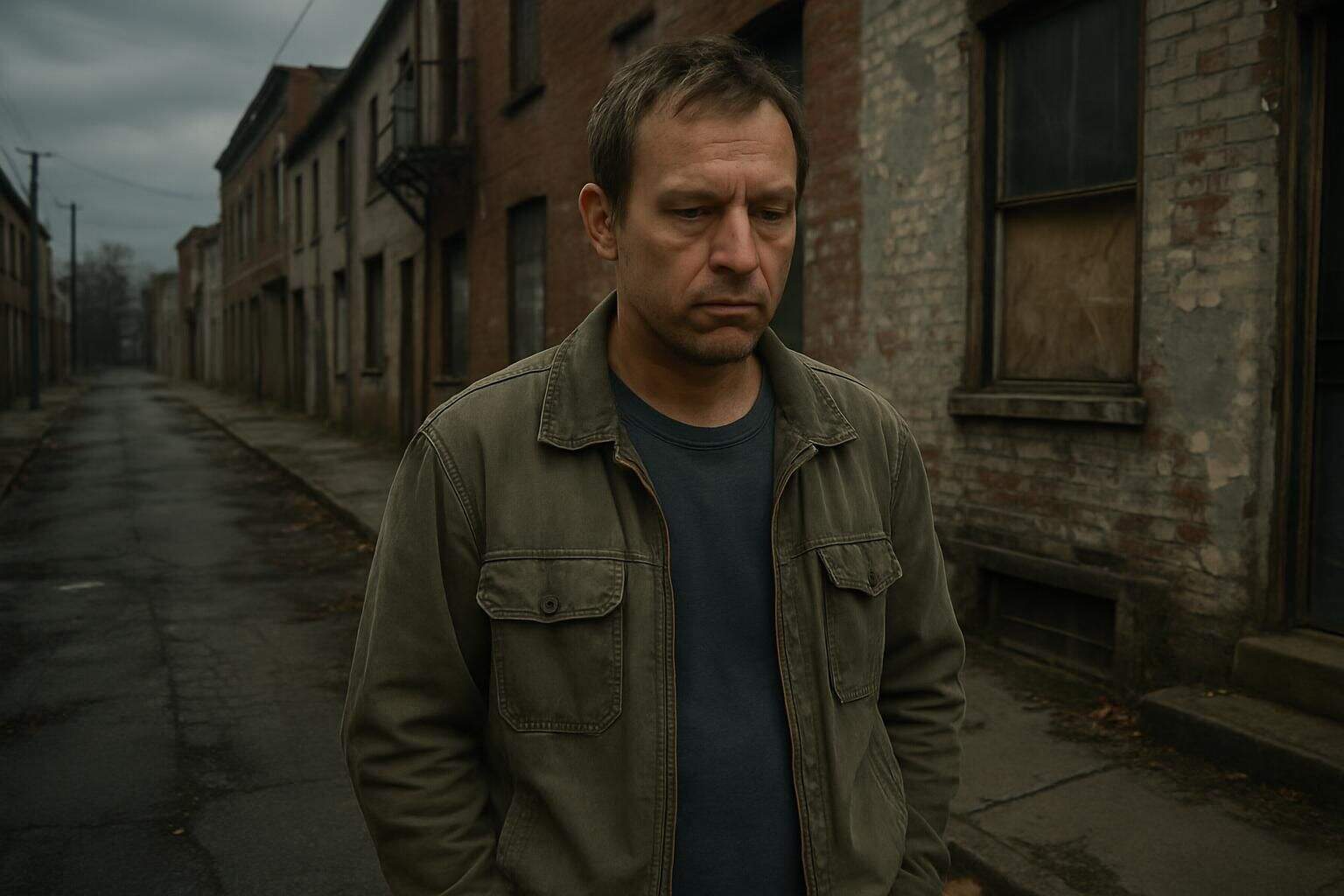
Souls-like games wrap players in gloomy worlds filled with decay, where death isn’t just a game mechanic but a key story point – from the ruins of Lordran to the gothic streets of Yharnam, these games use their settings to tell tales of fallen kingdoms and lost hope… keep reading to learn how these dark themes create some of gaming’s most gripping stories.
Dark and atmospheric worlds
Souls-like games immerse players in shadowy, twisted worlds filled with ruin and despair. Shadows cling to every corner, fog drifts along dark paths, and decay seeps through stone castles and empty villages.
I’ve spent countless hours roaming through crumbling fortresses and ghostly towns—each step holding hidden dangers. The atmosphere feels alive, yet strangely fading, as if the world around you struggles to take its final breath.
Every area hints at a deeper, sadder story beneath the surface.
Instead of relying heavily on dialogue, these games tell stories through clues left scattered in the environment. Shattered statues, forgotten suits of armor, and weathered gravestones quietly reveal tragedies from ages past.
Clever use of lighting and eerie sounds makes silent hallways feel tense and open fields seem frighteningly exposed. To grasp the story fully, players must closely observe the surroundings while fighting their way through unsettling landscapes.
Experiencing the world through subtle observation and discovery creates a richer bond than standard text-heavy explanations or frequent cutscenes ever can.
Themes of death and rebirth
Death means more than simple failure in Souls-like games—it becomes central to gameplay, shaping both the story and your interactions with the environment. I’ve faced defeat countless times in Dark Souls, each loss teaching a valuable lesson about enemy moves and sneaky hidden traps.
Failing repeatedly isn’t just frustrating; instead, it creates a cycle—death leads directly to personal skill growth. These games build stories around the idea of sacrifice, turning each defeat into both a setback and another step closer to some distant victory.
Even the characters often talk about repeating cycles, rebirth, and how useless it is to hold onto power. The dark settings don’t only test your gaming abilities; they push you to reflect deeply about larger themes, especially during those tough moments at difficult save points.
The next section shows how these concepts tie directly into gameplay mechanics that make Souls-like titles unique and memorable.
Notable Examples of Souls-Like Games

Beyond the famous Dark Souls series, games like Bloodborne and Elden Ring have pushed the souls-like genre to new heights, each adding fresh twists to the formula while keeping the core elements that fans crave.
Dark Souls series
The Dark Souls games form the backbone of today’s popular souls-like genre. Developed by FromSoftware and led by director Hidetaka Miyazaki, this series defined what players would soon come to expect.
Released as a trilogy from 2011 to 2016, it reached remarkable success, selling around 27 million copies by 2020. I’ve personally lost countless hours—and countless lives—to its punishing gameplay, with each defeat teaching me valuable lessons about thoughtful, tactical combat.
Tough fights with intimidating bosses are a hallmark of these games, demanding patience, practice, and precision. Winning battles involves careful planning—not frantically pushing buttons.
Defeating enemies earns players precious souls, used to level up their characters; but there’s a catch—if you die again before reclaiming lost souls, they’re gone forever. The series refuses to provide easier difficulty settings, meaning everyone faces the same demanding gameplay.
This strict commitment to difficulty helped Dark Souls stand apart and establish its place in gaming history.
FromSoftware’s next project, Bloodborne, introduced a fresh twist on this established formula.
Bloodborne
Bloodborne ranks among the most beloved souls-like games out there. Launched by FromSoftware in 2015, this gothic masterpiece plunges players into Yharnam—a sinister Victorian city trapped by a dreadful curse.
The setting steps away from classic medieval fantasy, moving into grim Victorian-style horror, yet keeps the essential souls-like elements strong.
Combat feels intense, risky, and rewarding, strongly favoring swift attacks over careful defense. Forget shields—players wield guns instead, forcing them to strike aggressively to recover lost health.
Special “trick weapons” switch smoothly between two different forms, adding smart new angles to combat situations.
Hidden NPCs linger throughout Yharnam’s ruined streets, whispering strange clues that slowly reveal the twisted story beneath. Leveling up follows the well-known souls-like approach, but with “Blood Echoes” collected from defeated foes.
Learning from every failure stays central; brutal bosses push players hard, demanding sharp timing, clever tactics, and constant patience.
Sekiro: Shadows Die Twice, another FromSoftware title, offers a fresh spin on the souls-like style. Its combat emphasizes accurate blocking and breaking enemy posture through careful timing.
Sekiro: Shadows Die Twice
Sekiro: Shadows Die Twice transports players to feudal Japan, delivering an exciting departure from the gothic horror of Bloodborne. Released by FromSoftware in 2019, Sekiro refreshes the souls-like pattern with innovative combat mechanics.
It removes the usual stamina bar and instead introduces a “posture” system, rewarding precise timing and bold, aggressive moves. Players must crack an enemy’s guard before landing lethal strikes—making battles feel like authentic samurai clashes.
This game places a fresh spin on the classic idea of learning from defeat. Thanks to a new resurrection feature, the hero can revive once per battle upon losing all health. This extra life gives players another shot at defeating tough enemies, without sending them back to square one.
Careful timing and skillful combat still matter greatly, but the revival option eases the sting of mistakes. Fans love Sekiro for responsive controls and a character-building path that emphasizes abilities rather than typical level-ups.
Blending the traditional souls-like difficulty with nimble ninja movement, the game delivers a distinctive style unlike other titles from FromSoftware.
Elden Ring
Elden Ring is easily FromSoftware’s biggest souls-like hit yet. This sprawling adventure landed in 2022 and quickly took the gaming community by storm—selling an incredible 20 million copies its first year alone.
Combat feels deliberate and rewarding, paired smartly with deep progression systems that let you shape characters exactly how you want. Leveling up unlocks new abilities and makes your build fit your playstyle perfectly.
Sure, the world presents brutally tough challenges, but conquering them feels especially satisfying, packed with great loot and epic rewards for persistent learning and patience.
Even now, plenty of players regularly explore the Lands Between. Steam numbers for 2023 prove Elden Ring remains hugely popular, with monthly active players consistently topping 25,000, placing it firmly in Steam’s top 5% of games.
Building from the solid Dark Souls style, this title introduces horseback exploration, an open-world environment you can freely roam, and flexible options for combat styles. Fans especially love its challenging yet fair encounters—the deep storyline that encourages exploration—and the unmatched excitement that comes with finally defeating that boss who beat you dozens of times.
Why Souls-Like Games Are Unique
Souls-like games truly stand out in gaming with their careful balance of challenge and reward. They push you to master careful combat systems—every strike counts, and stamina control is crucial.
Unlike typical RPGs that guide players every step of the way, souls-like games teach through failure instead. After losing to a boss twenty or more times, finally winning feels deeply rewarding—like you’ve achieved something real.
Their dark, moody worlds give pieces of hidden lore rather than showing long, dull cutscenes. Discovering these story details by exploring naturally draws you deeper into their broken landscapes.
Even better, souls-like games create unique social connections between players. You can leave short messages—warnings or hints about hidden treasures—for other players to find later, building an unspoken community across many playthroughs.
Bonfires and similar spots are not simple checkpoints; they’re moments of relief, rest, and careful planning for challenges ahead. Leveling up feels valuable, directly improving your chances against tougher enemies as you advance.
Souls-like games respect player intelligence—no simplified mechanics or spoon-fed solutions. Victories feel genuinely deserved, not handed out freely. Because of this, souls-like games have enthusiastic fanbases, deeply influencing modern game design trends.
How Will Souls-Like Games Evolve in 2025?
Action-game lovers have exciting times ahead—with games like *The First Berserker: Khazan* and *Wuchang: Fallen Feathers* arriving in 2025. Future releases will expand RPG elements without losing the careful, thoughtful combat fans enjoy.
Following the success of *Elden Ring*, developers plan to build larger open worlds instead of tight, linear paths. I’ve tried early demos of several upcoming games, and tackling challenges in any order feels fresh compared to older titles with fixed routes.
Game creators aim to provide more ways to customize characters through diverse builds and weapon choices. Greater customization lets you define your own fighting style and play exactly the way you prefer.
Levels themselves will feature smarter layouts—with clever shortcuts, hidden paths, and rewarding secrets. Storytelling will also improve, offering richer plots that reward curious players exploring deeper layers.
Death still serves as a valuable lesson, a way to learn and improve—not a simple penalty.
People Also Ask
What makes a game “Souls-like”?
A Souls-like game has careful combat—you can’t just mash buttons and hope to win. Inspired heavily by the 2009 game Demon’s Souls, this style rewards patience and careful timing. Mistakes cost you, and rushing blindly usually ends badly. You learn by failing, again and again, until you finally master each enemy and challenge.
How does character progression work in Souls-like games?
You’ll level up your character by gathering souls (or a similar resource) from enemies you defeat. These souls help boost your abilities—like improving strength, stamina, or health—to slowly build your character’s power.
Why are Souls-like games known for being hard?
Souls-like games feel tough because they don’t let you skate by on luck or frantic clicking. You’ll face defeat often, there’s no way around it—but with each loss, you discover another detail about your foes, the environment, or new strategies. Combat is deliberate and careful, favoring patience over speed.
What was the first Souls-like game?
Demon’s Souls came out in 2009 and introduced the world to this type of challenging gameplay. It set the standard for deliberate combat, leveling mechanics, and difficulty that later games copied. The idea of improving through careful study and repeated tries completely reshaped how many players saw challenging gameplay.
References
https://en.wikipedia.org/wiki/Soulslike
https://steamcommunity.com/app/814380/discussions/0/4039230885225445786/
https://gameopedia.com/blogs/difficulty-deception-and-death-the-design-of-a-souls-like
https://critpoints.net/2020/03/11/what-is-souls-like/ (2020-03-11)
https://metro.co.uk/2020/08/29/what-makes-souls-like-why-definition-important-dark-souls-13193303/ (2020-08-29)
https://gamerant.com/best-defining-soulslike-genre-features-traits/
https://steamcommunity.com/app/1627720/discussions/0/3883848458628577763/?l=english (2023-09-24)
https://rpgcodex.net/content.php?id=12405 (2024-08-24)
https://eldenringnightreign.wiki.fextralife.com/Elden+Ring+Nightreign+Wiki
https://venturebeat.com/games/dark-souls-death-made-oh-so-easy/ (2012-09-28)
https://uu.diva-portal.org/smash/get/diva2:1762862/FULLTEXT01.pdf
https://www.rockpapershotgun.com/the-best-soulslike-games
https://www.denofgeek.com/games/best-soulslike-games-ever/
https://medium.com/@felfortes/sekiro-shadows-die-like-demons-souls-e02b1fb18fda
https://forum.rpg.net/index.php?threads/easy-soulslike.917862/
https://steamcommunity.com/app/1245620/discussions/0/4133808904488155725/ (2024-01-21)
https://www.restart.run/articles/2025-soulslikes-eager-to-punish-you-all-year
